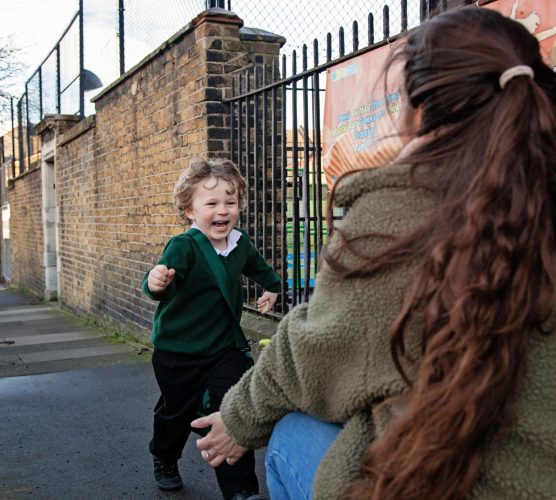There’s nothing quite as precious as your child asking to spend time with you. But the urge to always be together can also cause challenges.
According to Psychology Today, separation anxiety is a child’s excessive fear of being apart from their caregiver or home. In this blog, we take a closer look at this issue, and how parents can deal with it.
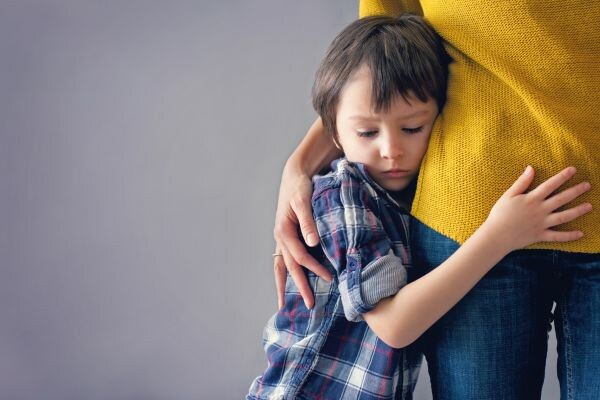
What’s Separation Anxiety?
Separation anxiety occurs when your child becomes terribly scared if you’re out of their sight (and vice versa). While it may sound like a common experience for children, it can grow into a huge problem if left unmanaged — from persistent worry and temper tantrums, to declining to go out and refusing to sleep alone. Severe separation anxiety, if it persists, can rob children of special childhood experiences, such as learning in a classroom, making friends in the playground, or simply having a care-free upbringing.
How to Ease Separation Anxiety
Fortunately, as a parent, you can help. Here are a few ways to manage your child’s separation anxiety.
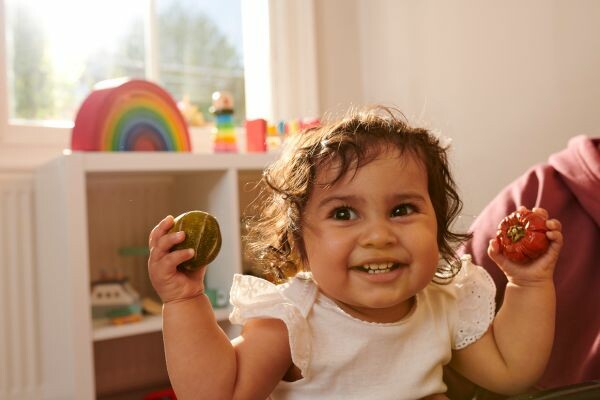
Keep Them Busy
While spending quality time with your child is essential, it’s equally important to encourage them to explore the world on their own. If you’re concerned that your child won’t let you go, a simple yet effective way to help them cope is preparing an activity for them to do. As we’ve previously shared in our guide for ‘How to Handle a Bored Child’, fun and engaging activities like puzzles and colouring books can help foster a sense of independence. We also love toys that stimulate the imagination or sharpen social skills like this Lego castle village.
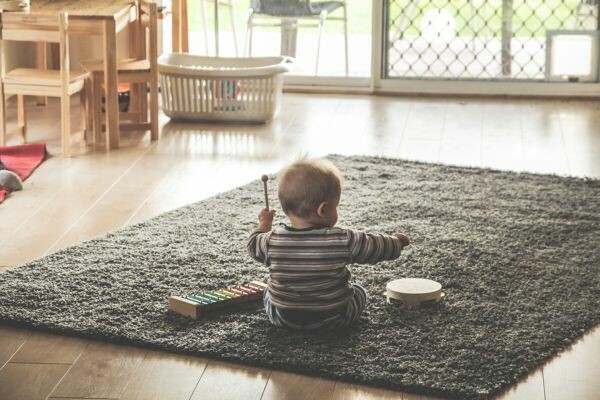
Foster Healthy Connections
Although separation anxiety typically manifests during babyhood, it can start developing while your child is a toddler. Building healthy connections with them is crucial during this time, as it sets them up for lifelong success later on. You can work on this whether you’re inside or out and about, with the help of a modern pushchair that can be configured to let babies and toddlers face either the outside world or their parent. The latter allows you to constantly check on your child and see how they’re doing, while also giving them a familiar face to keep them grounded (with a parasol or rain cover, the connection stays intact in any weather!). Then when your toddler gets a bit older, you can switch the pushchair over to face the outside world and let them take in their surroundings. They’ll feel more comfortable interacting with the outside world because they know that you’re right there with them.
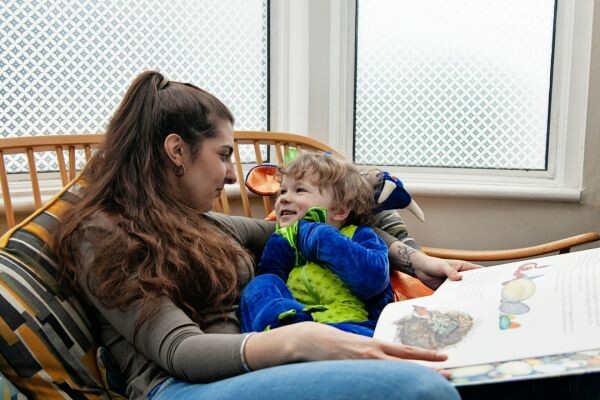
Recognise Your Own Anxiety
Whether you’re taking your kids to school or leaving them in childcare, it’s normal to also feel a little anxious about leaving them. However, be careful when displaying your fears, as it can cultivate separation anxiety in your child. Indeed, researchers from King’s College London found that children who witnessed their parents in a state of worry adopt the same feelings of fear. If possible, be proactive about your own anxiety and practise stress management techniques to keep those worries at bay — both for your own good, and your child’s.
